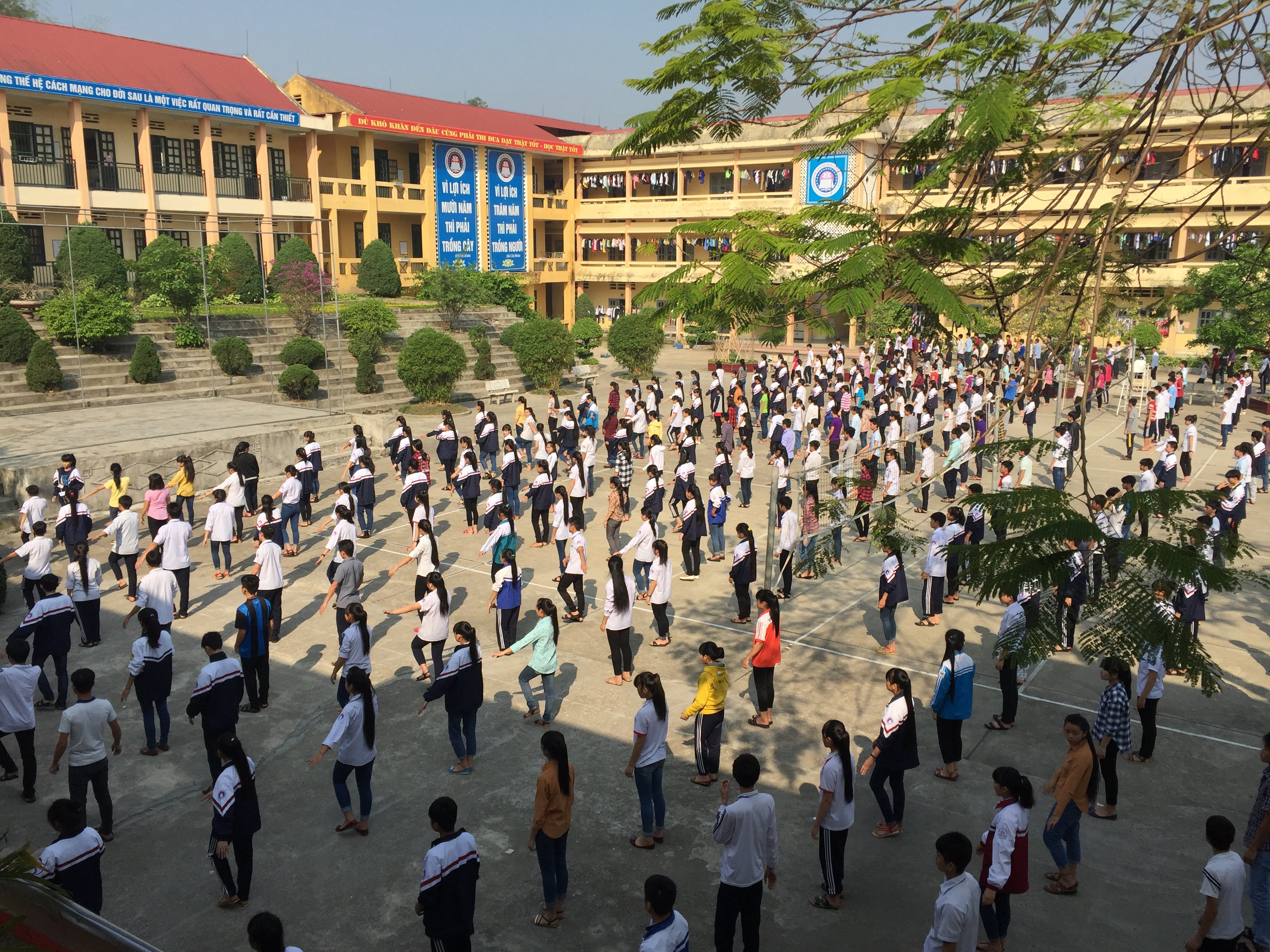Adolescents and young people face an unequal risk of developing mental health complications but remain one of the least accessible subpopulations to reach for support interventions. In low- and middle-income countries, adolescents face a higher risk of mental ill-health due to adverse conditions while also grappling with a shortage of trained medical professionals to address their mental health needs, leading to wide treatment gaps.
This review provides an overview of non-digital interventions that are focused on preventing mental health challenges, promoting positive mental well-being and aiding prevention, treatment and coping mechanisms for youth with diverse mental health disorders. It is part of a two-and-a-half-year project, funded by Fondation Botnar, to address the mental health needs of adolescents in schools, the community and at institutional level in Tanzania and Viet Nam through the co-creation and application of digital and non-digital technologies.
Key messages
- Non-digital interventions are important means of providing mental health services for young people, particularly in resource-constrained settings.
- Non-digital interventions allow face-to-face interactions and relationship building, with trained specialist and non-specialist actors including families, caregivers, teachers and communities.
- Using established platforms such as schools, primary healthcare systems and community institutions, these interventions are able to address the mental health needs of a wide range of young people and sometimes also include caregivers and families in programmes.
- Combining a diversity of approaches, activities and interactions, these interventions can also address intersecting issues affecting adolescents, including reproductive health.
- Effectiveness of interventions designed to promote good mental health and psychosocial well-being (or to protect from poor mental health and psychosocial ill-being) is specific to the individual’s gender, symptoms and context.
- Youth voice is central to all efforts to improve mental health; designing interventions without young people’s input, or the input of their teachers or caregivers, will undermine impact, missing key elements that young people are looking for the service to deliver.



